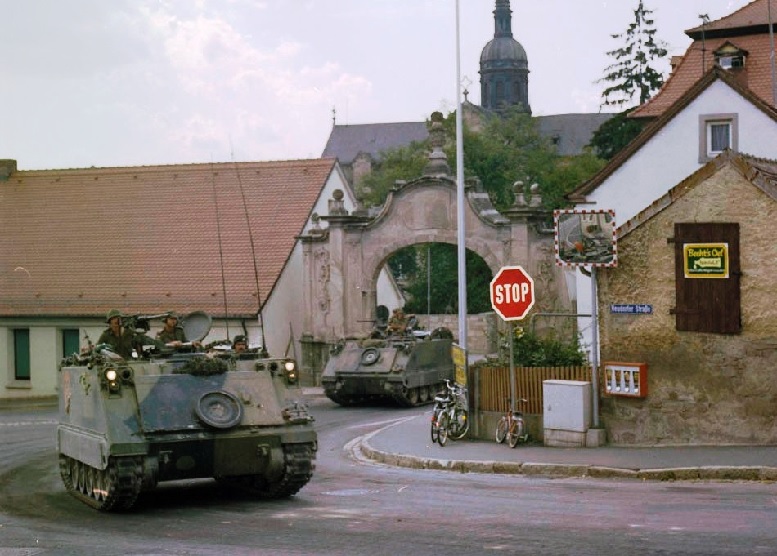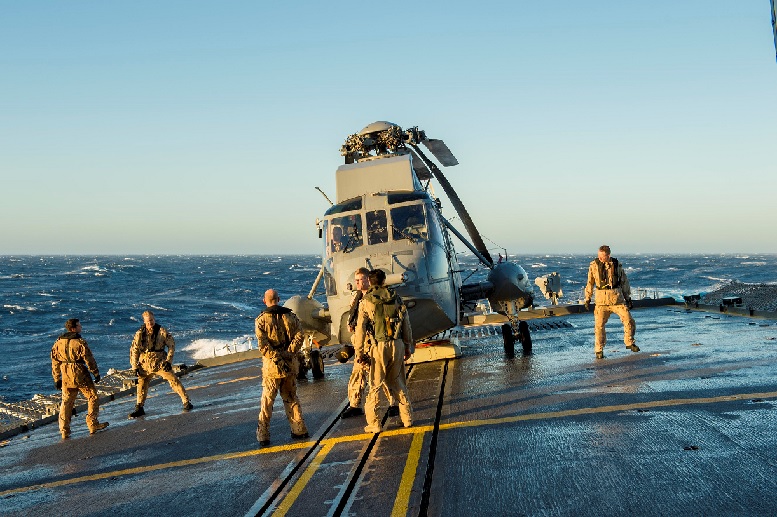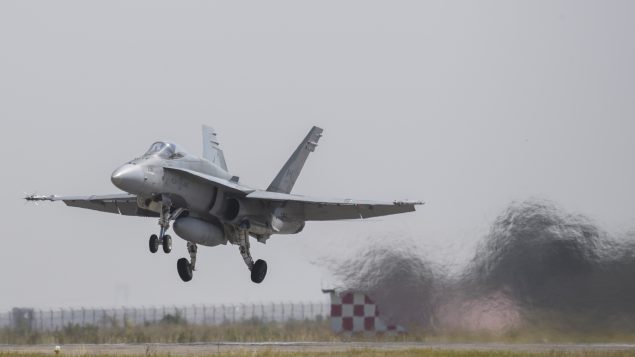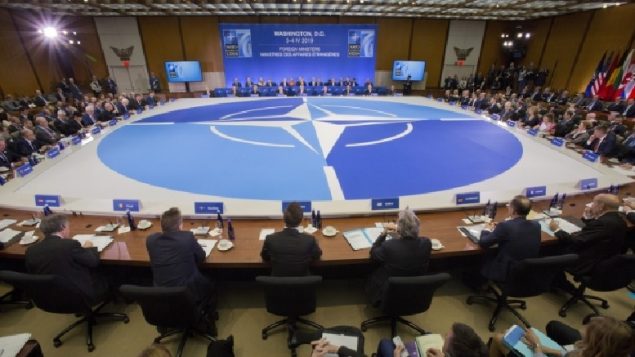It was on an April 4th, 70 years ago, that leaders and military officials from a dozen countries gathered in Washington. The meeting resulted in the formation of the North Atlantic Treaty Organisation (NATO)
The countries pledged to come to the aid of any member who was attacked by outsiders, presumably the USSR.
Those original countries were Belgium, Canada, Denmark, France, Iceland, Italy, Luxembourg, the Netherlands, Norway, Portugal, the United Kingdom, and the United States.
As an military alliance, it has done quite well to last through the decades. Historically such military alliances have usually lasted about 15 years at most.

For decades Canada maintained NATO bases in Germany. Here members of the the 3 Cdn Mechanized Brigade Group, 3RCR shown in M113 armoured personnel carriers on maneuvers, Fallex 82, Germany 14 Sep 1982. (Library and Archives Canada Photo, MIKAN No. 4876348)
While generally a quite solid alliance, members France and the UK, had a very nasty disagreement over the Suez Crisis in the 1950’s. (A solution to that crisis led to Canada’s Lester Pearson winning the Nobel Peace prize for his concept of the international Blue Beret Peacekeepers)
France then withdrew its forces from NATO command in the 1970’s
Although NATO has grown- now with 29 members-, and its mission changed somewhat at the end of the Cold War and collapse of the Soviet Union, it now faces new challenges. With the Cold War threat gone, it faced dissolution or seek a broader mandate which it adopted with missions in the Balkan’s in the 90’s and Libya in 2011, and training in Estonia and Ukraine.
The U.S President has hinted more than once at his dissatisfaction with NATO and has questioned the US continued involvement amid claims some nations are freeloading on the backs of U.S spending.

October 6, 2017. The air detachment crew members aboard Her Majesty’s Canadian Ship Charlottetown prepare the recovery of the CH-124 Sea King helicopter into the hanger during NATO’s Operation REASSURANCE on October 6, 2017. Photo: Corporal J.W.S. Houck, Formation Imaging Services
. There’s a shifting of global power, and threats. Cyber warfare is now a major concern both from Russian and China, along with low level but highly disruptive terrorist attacks, Islamist extremism, and increasing artificial intelligence, to name a few are threats unheard of decades ago.

A North Korea missile launch. Could this country be considered a threat to NATO? Another challenge to consider for the organisation (Getty Images- STR)
While the Alliance remains strong, there are ongoing tiffs such as Turkey wanting to buy a Russian air defence system, fiercely opposed by the U.S.. Georgia and Ukraine would like to join, but that could create a very dangerous situation. China is rising to global power status and is already flexing its muscle as evidenced of actions in the South China Sea, N Korea seems still on a path to develop nuclear weapons, and Iran is still a concern.

A Canadian CF-18 Hornet takes off fromMihail Kogalniceanu air base in Romania during Operation REASSURANCE on Sept. 7, 2018. (Cpl. Dominic Duchesne-Beaulieu/CAF)
As for Canada, one of the original 12 members, Foreign Affairs Minister Crystia Freeland used the gathering to mention the trade dispute with the U.S. over steel and aluminium tariffs saying the American position that Canada was a potential national security threat as “absurd”.
Additional information-sources
- NATO
- War on the Rocks: W Ruger:Apr 4/19: NATO-will expansion endanger Americans
- EuroNews: Apr4/19: Nato Sec-Gen slams Russia at Nato gathering
- Associated Press (via CTV): Apr 4/19: Ministers celebrate amid rifts
- Politico (SCMP) : Apr 3/19: Nato at 70-what’s next
- Al Jazeera: Apr 3/19: NATO at 70
- NATO: Request for proposals; better communicating its goals
- Economist: Mar 14/19: How NATO shapes up at 70







For reasons beyond our control, and for an undetermined period of time, our comment section is now closed. However, our social networks remain open to your contributions.